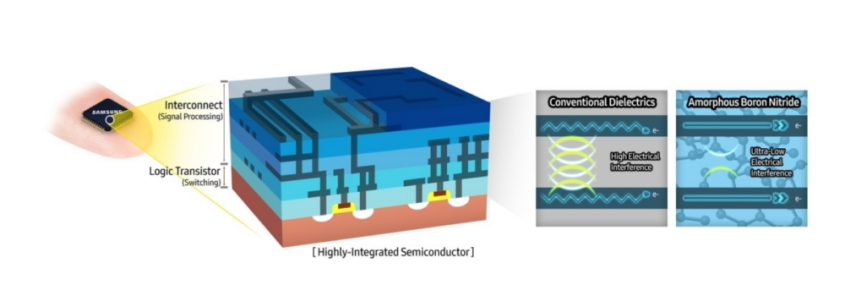
Suzuki's Gujarat plant to scale down production due to chip crisis
"Various car makers including Maruti, MG Motor, Nissan, Tata Motors, among others have warned about chip crisis affecting production."
Maruti Suzuki's Gujarat plant will scale down its production activity this month due to a shortage of semiconductors. At some of its manufacturing lines, the facility will scale down production to a single shift. Maruti further informed that its Ahmedabad-based plant will tentatively not carry out production on three Saturdays of the month - August 7, 14, and 21.
Maruti Suzuki informed that it will monitor the situation on a regular basis and take a day-to-day decision on models, production lines, or shifts in order to optimise its resources for maximum efficiency. "Owing to the semiconductor shortage situation... production will be partially impacted this month," the company said in a regulatory filing.
In October 2020, the facility became Suzuki Motor's fastest production site to achieve accumulated automobile production of 10 lakh units.
Semiconductor chips have become an essential part of the automobile industry and their usage in vehicles has grown globally in recent times. New vehicles are increasingly becoming equipped with more and more electronic features such as Bluetooth connectivity, driver-assist features, navigation tools, and hybrid-electric systems, all of which require these chips.
Other carmakers including MG Motor, Nissan, Tata Motors, and Mahindra, among others, have warned about chip crisis affecting production.
Tata Motors recently informed that it has planned various measures to deal with the global semiconductor shortage that has affected its production.
The company expects the supply situation to remain challenging in the ongoing quarter.
Also read:
2021 HYUNDAI PALISADE NAMED BEST-IN-CLASS MIDSIZE CROSSOVER
ROYAL ENFIELD METEOR 350 LAUNCHED IN NEPAL
REALME PARTNERED WITH SHANKER GROUP TO LAUNCH SMARTPHONE PRODUCTS IN NEPAL
FORD NEPAL INTRODUCES ALL-NEW FIGO A/T IN NEPAL
VG AUTO LAUNCHED SUZUKI ACCESS 125 BS 6 WITH FI IN NEPAL





